The Ultimate Guide to Product Feature Prioritization: Strategies and Best Practices
The most exciting step of any product development cycle is the ideation stage. We let our minds run wild and come up with the craziest ideas. No one will shame you for even proposing a car humans could drive to Mars. You may be surprised to get a standing ovation for proposing such a ‘brilliant’ idea.
The real challenge starts when you need to justify the product idea. You’ll also have to answer the question: Which features do we prioritize?
Will buyers want a car with an infotainment system, or are they only concerned about reaching Mars? Will they appreciate heated seats, or is outer space always warm?
This is where feature prioritization comes in. Product development is resource-intensive. One way is to prioritize the best features and compromise on or defer the rest.
This article will provide an in-depth guide on feature prioritization, why it matters, and what to do and not do.
What is feature prioritization in product development?
Feature prioritization involves determining which product aspects should be developed and released first. It provides a guideline for preparing a holistic product roadmap. Feature prioritization also affects other related business functions. For example, how a business rolls out core features differs from releasing bonus features.
Feature prioritization also involves analyzing the potential impact of each feature. The expected impact should be assessed in the context of:
- Customer needs
- Business goals
- Market trends
- Technical feasibility
For example, shockingly, including a feature that customers dislike or don’t need is worse than counterproductive. Including such a feature obviously wastes resources that would otherwise be spent on more valuable features. And, yep, the company has to have or be able to acquire the technical capability to develop a product feature.
The purpose of feature prioritization is to determine the order in which you will develop features in accordance with your product roadmap. This allows the product manager and development team to prioritize the most important features based on customer value and your business objectives.
Why is feature prioritization important?
Everybody (product managers, customers, and senior management) stands to gain from effective feature prioritization. After all, you have limited resources and way too many possible features. They’re coming at you from all directions. Feature prioritization gives you a systematic way to find and focus on the most important features anywhere along the roadmap.
Even before you choose the most important features, determining your approach to feature prioritization gives you a way to come to grips with what matters. What makes a feature important? Is it customer delight, is it how many more customers it can attract? How important is the financial return expected because of the feature?
So, feature prioritization lets you define upfront not only the factors that matter to you but how much each factor matters from a business perspective. Applying a structured approach gives you a path to implement the features that offer the most bang for your buck. It’s a way to decide what to work on, and when. Let’s discuss the benefits of that.
Maximizing resources
Most businesses operate with limited resources. This means they must make the most of what they have. One way is to allocate resources to the most important features. More often than not, the core features are the most important ones.
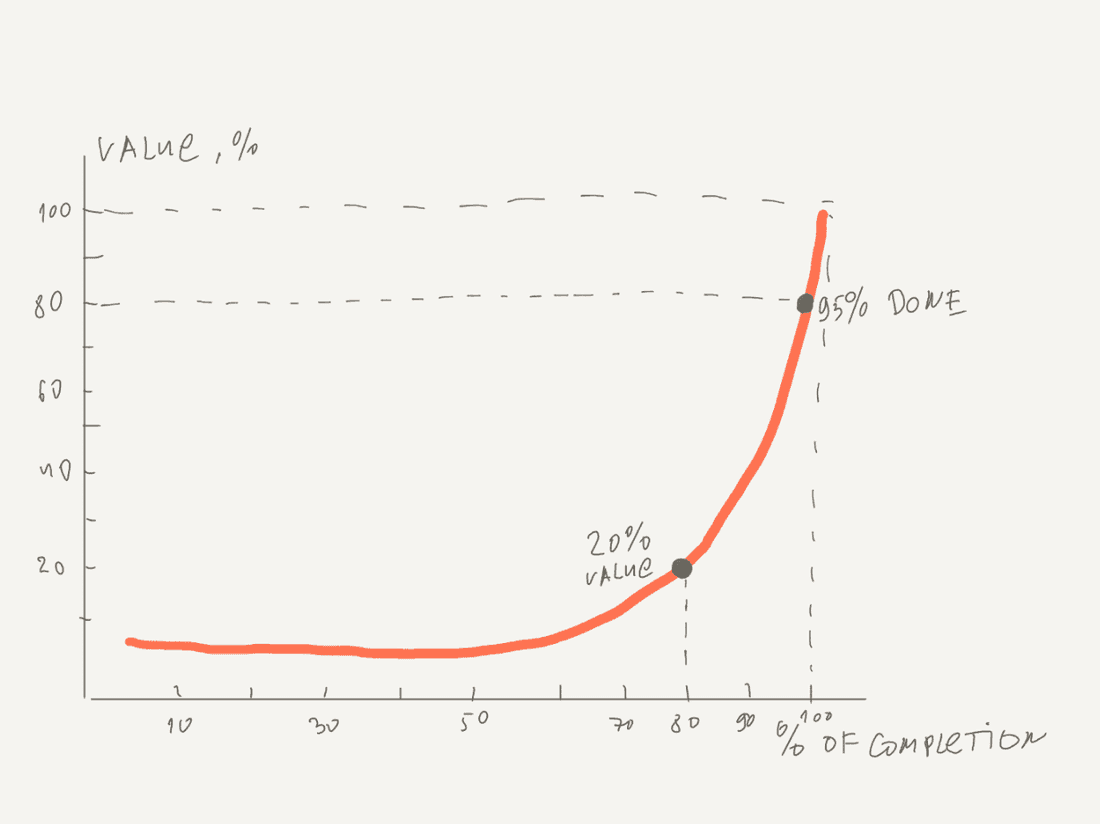
Delivering customer value
Feature prioritization sets the stage for you to meet customer expectations. Businesses must always answer the question: Does this product deliver customer value? For example, suppose you develop a food delivery app. Users will install the app with the very basic expectation that it will work. Issues like lost orders translate to low customer value. And fleeing customers.
Product differentiation
Similar products might satisfy the same needs. However, customers often choose one product over the other because of differentiation. Take the example of the car you can drive to Mars. Its core function is to get you there. But the journey is long, so customers are more likely to choose a car featuring reclining seats.
Alignment with product and company goals
Feature prioritization helps businesses remain true to their product vision. Sometimes, businesses include so many features that they end up with a bloated product. This dilutes the product’s identity.
A popcorn machine that turns itself off at the optimal time for perfectly popped kernels would be a great feature. But one that also turns on the TV when the popcorn is ready would be over the top. Even though a favorite customer asked for it. TVs have nothing to do with popcorn machine product strategy. Besides, most people have Alexa or some other easy way to turn on the TV when THEY want, not when the popcorn machine says.
Feature bloat can be avoided by ensuring the features you prioritize build on the core purpose of the product. And the product thus continues to help achieve the company goals.
What are the dos of feature prioritization?
Feature prioritization is not a one-size-fits-all process. The features you prioritize will depend on company goals, product vision, and product type. It will also depend on where a company is on the product development roadmap.
Take the example of a company developing an e-commerce website. The core features will revolve around user stories. For example, users want a website where they can browse the available catalog. Other features like automated holiday wishes will come later.
Whereas feature prioritization is product-centered, several best practices serve both features and business objectives. Let’s discuss them in detail below.
Define clear product goals and business objectives
Feature prioritization relies significantly on product strategy and business objectives. This means the goals and objectives should be clear and precise. Vague goals provide gaps for manipulating the feature prioritization process. For example, “We want our product to be unique” is a vague product goal. Should it be unique based on appearance, shape, or features?
One way to define clear product goals is by aligning them with business objectives. Suppose a business aims to increase its revenue by 10% over 12 months. The product goals should contribute to the business achieving this goal. One way to do this would be to add new features to increase demand.
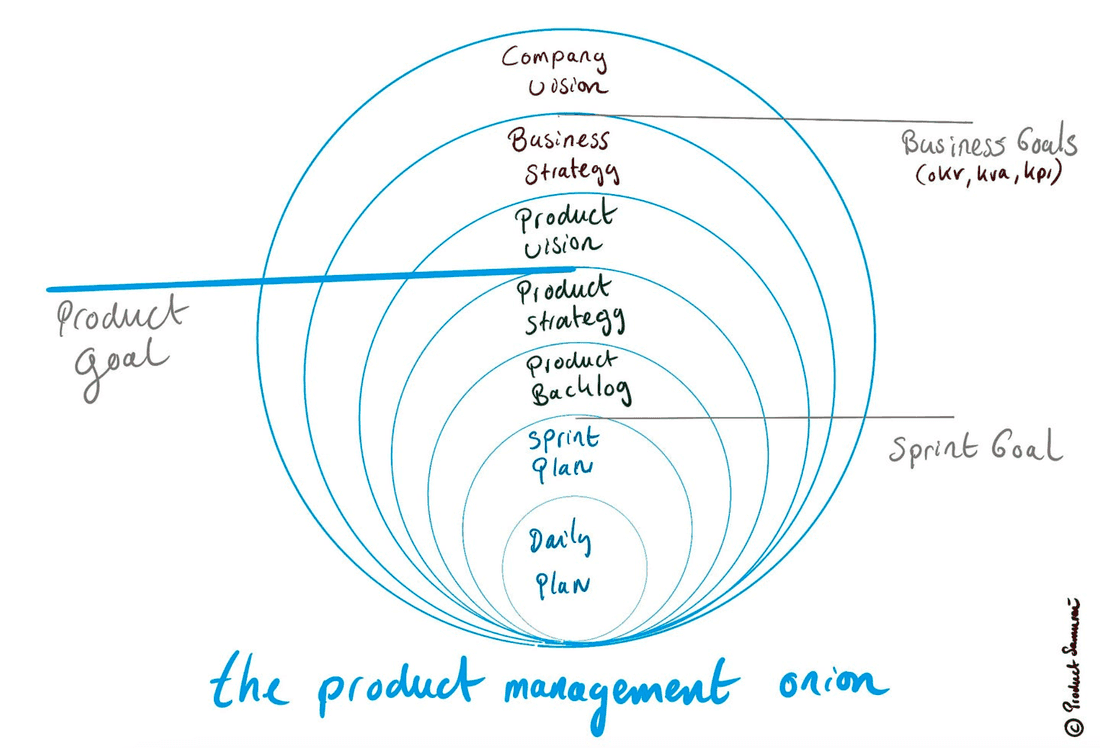
Determine customer needs
Of course, you should seek to understand customers’ pain points, desires, and requirements. This helps you understand what customers expect in a product. Take the example of a point of sale system (POS). Business owners will look for a POS that records orders, generates receipts, and aggregates sales. They might also want a system that manages inventory based on sales. Or not. Knowing these, you can develop a POS that delivers customer value.
Monitoring customer needs even after releasing a product matters too. Find ways to monitor satisfaction with existing features, and emerging demand for new ones. Gather feedback on how, why and whether your product meets customers’ expectations. A few ways include gathering customer feedback through surveys, interviews, and user testing.
Analyze market trends and competitors
Stay updated on industry trends, market demands, and competitor offerings. This helps businesses identify emerging features that can give their products a competitive edge. It also helps businesses prioritize features that meet the market’s changing needs.
Suppose your business has a cooking and lifestyle app that provides food and drink recipes. Following market research, you realize that consumers are becoming increasingly more health-conscious. You exploit the trend by including new features focused on healthy meals like smoothies, detoxifiers, and plant-based salads.
Use integrated software – like Fibery
Product development relies a lot on knowledge management. Sometimes, businesses have the right knowledge, but it doesn’t materialize into a successful product. One common reason for this is silos within departments and cross-functional teams, but worse, disparate apps keep critical information sheltered within their boundaries.
Using software like Fibery can change how information flows and is available when and where you need it. Most organizations use multiple software that isolate information based on the purpose of each app. This means that certain information is accessible only through that one app. That means a lot of context changes to get the whole job done, perhaps less well.
For example, let’s suppose a lively feature discussion has taken place on your company’s chat app, say Slack. Nothing against Slack, but there are key nuggets of critical information in that conversation. But just finding that conversation buried deep in an app that only provides a tool for discussion can be a challenge. And you have to know that it has taken place, and approximately when.
All that value can be lost deep in the chat app. Fibery changes this by integrating knowledge management and product management processes like feature prioritization. The knowledge is right there with your feature prioritization tools.
Account for technical feasibility and resources
Businesses should only pursue features they can develop to completion. This includes financially and technically. Consider the resources, time, and effort required to develop, test, and maintain the feature.
Let’s use our initial example of a car that drives to Mars. A business pursuing the idea should determine whether it can access the technology required to develop the car. Suppose such technology exists. The next concern is whether they can finance the product development process. The business should drop the product idea like a hot potato if they do not have either or both of these resources. Or, it can rebuild its business model …
Use prioritization matrices
Use prioritization frameworks to evaluate and rank features. Rank features using criteria like demand, effort, value, and strategic alignment. Prioritization frameworks also provide a structured approach to decision-making. They help eliminate the all-too-unconscious or conscious human bias.
Take the example of an auto manufacturer designing a car’s infotainment system. Suppose that one of the senior managers pushes for the system to support gaming consoles like Xbox or Playstation. However, that pushy (though influential) request is solely because their kids love gaming. Such bias may result in a product that adds cost but delivers customer value only to a subset of the market.
Businesses can reduce human bias by using prioritization matrices to rank product features. Below are some prioritization matrices you can use to identify the most important features.
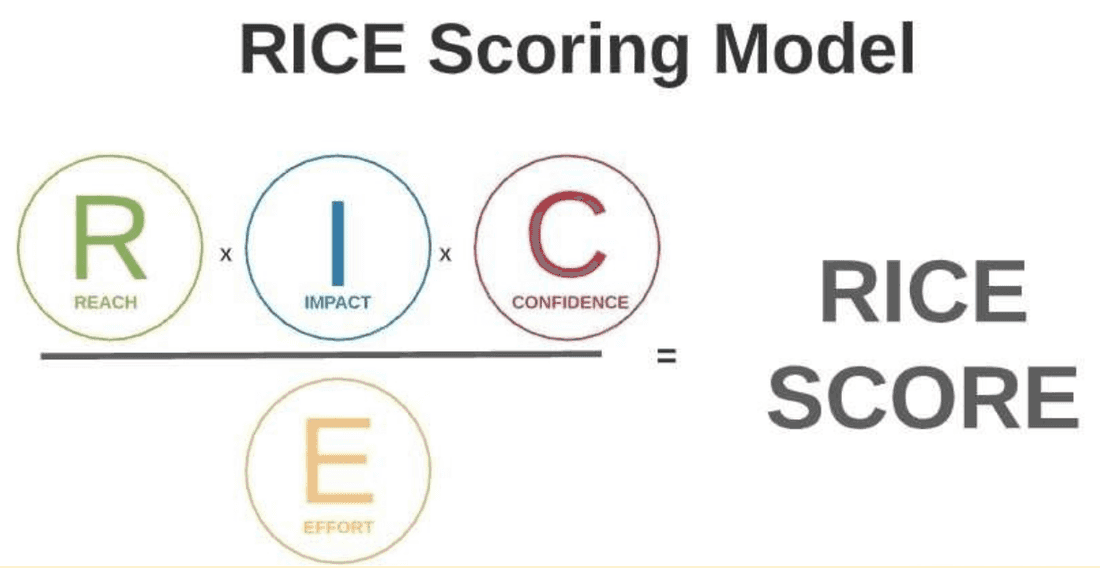
- RICE framework: It is an abbreviation for Reach, Impact, Confidence, and Effort. The model uses a scoring system for each factor. For example, the reach score refers to the percentage of users who will use the new feature. You also need to score the expected impact, confidence, and effort. The RICE score= (RxIxC)/E.
- Cost of delay: This model is suitable for companies in fast-paced environments. It helps businesses identify which new features offer the best competitive advantage. For example, a phone company cannot schedule voice assistant technology for 2025.
- Value vs. effort matrix: Businesses use this model to identify features that offer quick wins. This includes features that require little little effort but offer great value. It also helps businesses avoid wasting time on features that require a lot of effort with little customer value.
- Kano model: It is the best model for ranking features based on user stories. It classifies features into must-have, performance, attractive, indifferent, and reverse. This helps businesses develop products that deliver customer value and also delight them.
- MoSCoW: Groups features into must-haves, should-haves, could-haves, and won’t-haves. Must-haves are core features that ensure a product performs as expected. Should-have features are important for a seamless user experience. Could-have features impact user experience but in a small way. Won’t-have features add little value to the product and should be ignored.
- Product tree: It visualizes a product as a tree. The trunk symbolizes the product. The branches represent the product’s must-have and should-have features. The leaves represent any new product ideas. At the base are the roots, which represent the product’s technical requirements.
Using the right framework is just as important as the process itself. The framework you choose should match what you are trying to achieve. Businesses may use different prioritization matrices for different products. Let’s discuss some helpful tips in detail below.
Development lifecycle
Pick a prioritization framework that suits your product development processes and cycles. Some companies use agile methodologies, while others use waterfall. It often depends on the product.
You can’t deliver a usable bridge iteratively, but you can deliver anything that is actually usable in increments. Your chosen framework should be easy to integrate into your product development process. For example, the Kano Model or MoSCoW matrices are suitable for scoping waterfall.
Product development stage
Feature prioritization evolves as you advance through product development. For example, feature prioritization is often surface-level at best during the market research and idea management stages. Businesses can use the Kano Model or Product Tree matrix during these stages. However, you may use the RICE framework during the prioritization stage.
Company goals and values
Company goals determine which features rank as the most important. Some features may deliver customer delight while others boost sales. Similarly, the prioritization framework you use should suit your company’s objectives. For example, businesses chasing profit maximization might want to use the Value vs. Effort framework.
Time constraints
Pick a matrix that supports fast decision-making. Feature prioritization is often not a one-day activity. It requires considerable reflection, consultation, and collaboration. Some matrices, like the RICE framework, also involve complex calculations. If you have limited time to choose the most important features, use a simpler framework.
Product stakeholders
Finally, account for the number of stakeholders involved in the feature prioritization process. Some frameworks, like Priority Poker, are suitable for small teams. When using this method, stakeholders are given several cards to rank features. This method is impractical for large teams and complex products. The RICE framework would be a better option in this case.
What are the don’ts of feature prioritization?
Businesses often get carried away by the product development cycle. They rush to build features without accounting for the features’ suitability. Below are common mistakes businesses make when prioritizing product features.
Don’t rely on your gut feeling
A common dilemma during feature prioritization is whether to rely on gut feeling or use a data-driven approach. Each method has its pros and cons. For example, relying on gut feeling accounts for human nature.
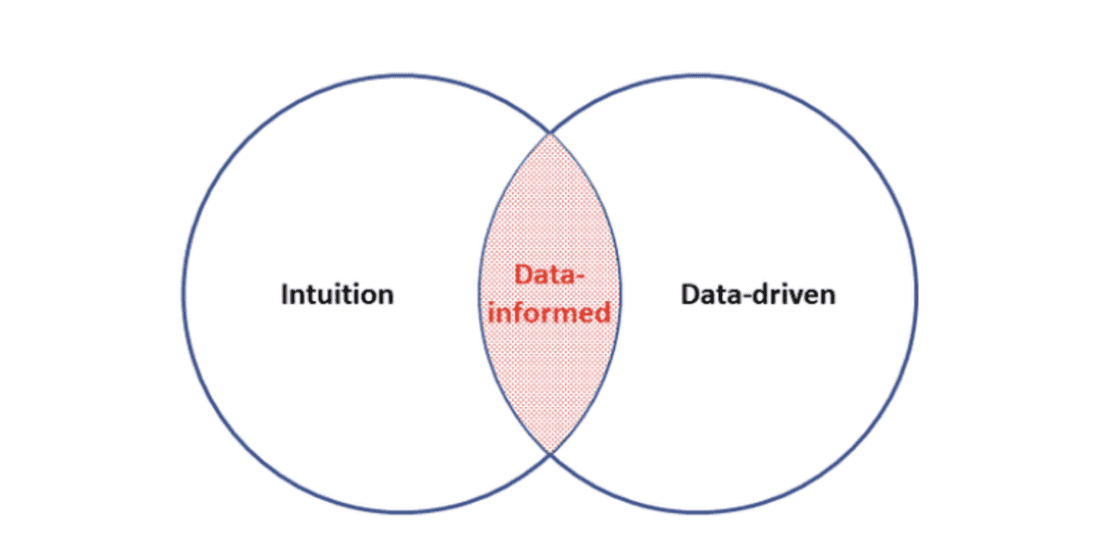
Gut feeling is often unquantifiable. People often use terms like “I just know…” and “trust me on this…“. Whereas unicorns have been birthed on gut feeling, it is not a reliable method for product prioritization. This approach is often very subjective as the gut feeling for you is different from the gut feeling for anyone else.
It is also often affected by external factors. For example, suppose a product manager is overwhelmed by documentation and the length of meetings that characterize product development. This may skew their objectivity – let’s just pick one and get out of here.
Don’t overlook stakeholder input
Some businesses ignore stakeholder input as they pursue profits. Take the example of a company developing an online store. It may carry out market research that shows customers prefer making less than three clicks when placing an order. However, businesses may ignore this and make the process longer, hoping that on the longer journey, customers will add more products to the cart. While this strategy is sometimes successful, it can also cost you sales. Some customers may abandon their carts and flounce out of the site without completing the order.
Businesses should also not ignore external stakeholders’ input. Like regulators. For example, they should avoid pursuing any illegal or otherwise nefarious features.
Don’t rank features based on personal bias
Senior managers often have a lot of influence during product development. Some may push for some features for personal reasons.
Suppose a software company is developing a mobile POS app that runs on Android. This is after establishing that most small business owners (target customers) have Android smartphones. However, some senior managers prefer iOS because they use iPhones. This influence can result in a product with a smaller initial market.
Instead, the feature prioritization process should be objective. Or as close to that as humans can be. The team should choose the most important features, not their most preferred ones.
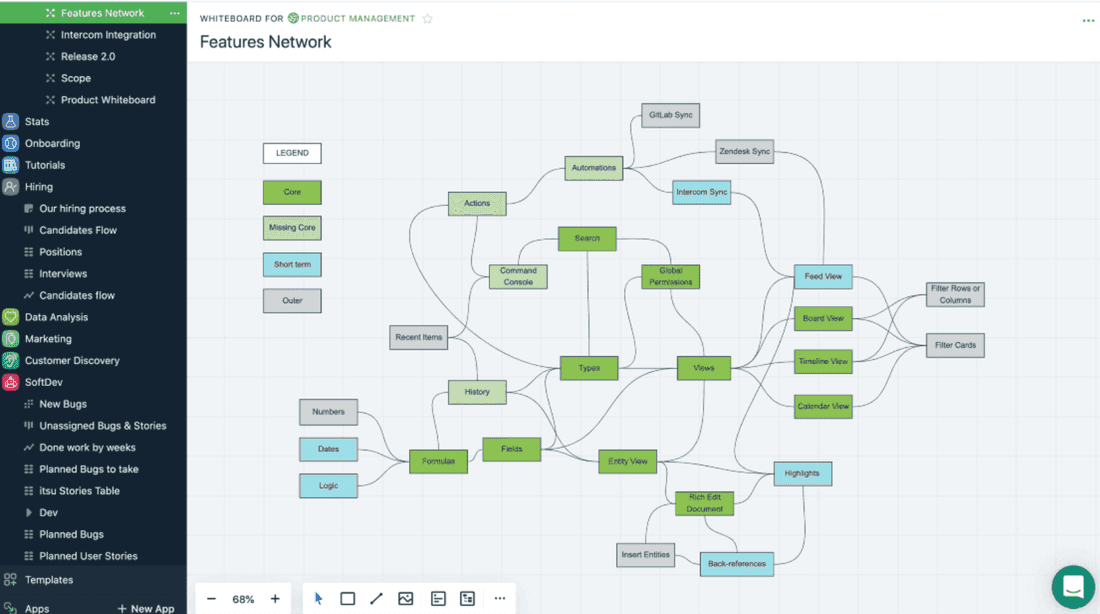
Don’t analyze data in the wrong context
A common mistake businesses make is analyzing data in the wrong context. Sometimes, this happens because managers do not know better. Usually, data should be analyzed holistically to get the whole picture. This is because there are correlations between customer taste, preference, behavior, and buying patterns.
Businesses should also account for the compounding effect. Below is an example of three products and the number of units sold over a period:
- Product 1: core feature A — 10 units
- Product 2: core feature B — 700 units
- Product 3: core features A + B — 3,000 units
Using the data sets separately may mislead your decision-making. You may assume that core feature A does not deliver value and rank it lowest. However, combining it with another core feature may have a compounding effect.
Don’t lose sight of the product vision
It is very easy to get carried away by market trends and lose focus of the product vision. Jumping onto market trends often provides opportunities for high returns. However, businesses must balance chasing market trends and pursuing the product vision.
For example, consumers have become more health-conscious over the last few years. This has prompted soft drink companies to align their products with the new market niche. Suppose Coca-Cola altered its products by adding ginger and honey to its beverages. This would be a detour from their product vision for the Coca-Cola drink. Instead, the company should consider introducing a new product targeting this niche.
Don’t overlook the importance of technical feasibility
Sometimes, a business may get carried away by a new product idea and overlook the technical side. The product development team has designs and sketches that cannot be developed into an actual product. At this point, the business will have incurred huge expenses, which cannot be recovered. Businesses can avoid this by confirming technical feasibility during the screening phase. They should also confirm that they can afford the required technology. Otherwise, the technology may be available but too expensive to procure.
The PM’s hot take
Maybe one day, we’ll have cars that can drive to Mars. Not today, though. Stop chasing unicorns at the expense of making products that have tangible utility. You are better off focusing on products that can solve real-world problems.
Organize your feature prioritization with Fibery
Effective feature prioritization does not always translate to a successful product development cycle. Challenges like silos between various business functions or SaaS apps may cause inefficiencies and chaos during product development.
Businesses can avoid such pitfalls by using Fibery to organize their product development processes. Fibery offers a centralized platform for organizing and managing feedback, user data, and market research. Businesses can also use Fibery to create and manage their product backlog. This simplifies tracking all tasks and activities related to feature prioritization and development.
Use Fibery to tailor a workspace for your product development processes. Try Fibery for free today!
Psst... Wanna try Fibery? 👀
Infinitely flexible product discovery & development platform.